Tokyo Tower - Japan
The Tokyo Tower (東京タワー, Tōkyō tawā, officially called 日本電波塔 Nippon denpatō "Japan Radio Tower") is a communications and observation tower in the Shiba-koen district of Minato, Tokyo, Japan, built in 1958. At 332.9 meters (1,092 ft), it is the second-tallest structure in Japan. The structure is an Eiffel Tower-inspired lattice tower that is painted white and international orange to comply with air safety regulations.
The tower's main sources of income are tourism and antenna leasing. Over 150 million people have visited the tower. Foot Town, a four-story building directly under the tower, houses museums, restaurants, and shops. Departing from there, guests can visit two observation decks. The two-story Main Deck (formerly known as the Main Observatory) is at 150 meters (490 ft), while the smaller Top Deck (formerly known as the "Special Observatory") reaches a height of 249.6 meters (819 ft). The names were changed following renovation of the top deck in 2018.The tower is repainted every five years, taking a year to complete the process.
Looking down from the glass-flooring at the Tokyo Tower
Construction Of Tokyo Tower
A large broadcasting tower was needed in the Kantō region after NHK, Japan's public broadcasting station, began television broadcasting in 1953. Private broadcasting companies began operating in the months following the construction of NHK's own transmission tower. This communications boom led the Japanese government to believe that transmission towers would soon be built all over Tokyo, eventually overrunning the city. The proposed solution was the construction of one large tower capable of transmitting to the entire region. Furthermore, because of the country's postwar boom in the 1950s, Japan was searching for a monument to symbolize its ascendancy as a global economic powerhouse.
Hisakichi Maeda, founder and president of Nippon Denpatō, the tower's owner and operator, originally planned for the tower to be taller than the Empire State Building, which at 381 meters was the highest structure in the world. However, the plan fell through because of the lack of both funds and materials. The tower's height was eventually determined by the distance the TV stations needed to transmit throughout the Kantō region, a distance of about 150 kilometers (93 mi). Tachū Naitō, renowned designer of tall buildings in Japan, was chosen to design the newly proposed tower. Looking to the Western world for inspiration, Naitō based his design on the Eiffel Tower in Paris, France.[8] With the help of engineering company Nikken Sekkei Ltd., Naitō claimed his design could withstand earthquakes with twice the intensity of the 1923 Great Kantō earthquake or typhoons with wind speeds of up to 220 kilometers per hour (140 mph).
The new construction project attracted hundreds of tobi (鳶), traditional Japanese construction workers who specialized in the construction of high-rise structures. The Takenaka Corporation broke ground in June 1957 and each day at least 400 laborers worked on the tower. It was constructed of steel, a third of which was scrap metal taken from US tanks damaged in the Korean War. When the 90-meter-long antenna was bolted into place on 14 October 1958, Tokyo Tower was the tallest freestanding tower in the world, taking the title from the Eiffel Tower by nine meters. Despite being taller than the Eiffel Tower, Tokyo Tower only weighs about 4,000 tons, 3,300 tons less than the Eiffel Tower. While other towers have since surpassed Tokyo Tower's height, it remained the tallest artificial structure in Japan until April 2010, when it was surpassed by the Tokyo Skytree. It was opened to the public on 23 December 1958 at a final cost of ¥2.8 billion ($8.4 million in 1958). Tokyo Tower was mortgaged for ¥10 billion in 2000.
Planned as an antenna for telecommunications and brightly colored in accordance with the time's Aviation Law, the tower's two panoramic observatories are mostly frequented by tourists today; the tower constitutes a clear reference point in the center's chaotic skyline, forming a strong landmark, both night and day.
In 1961, transmission antennae were added to the tower. They are used for radio and television broadcasting and now broadcast signals for Japanese media outlets such as NHK, TBS, and Fuji TV. The height of the tower was not suitable for Japan's planned terrestrial digital broadcasting planned for July 2011 for the Tokyo area. A taller digital broadcasting tower, known as Tokyo Skytree, was completed on 29 February 2012.
Since its completion in 1958, Tokyo Tower has become a prominent landmark in the city, and frequently appears in media set in Tokyo.
Tokyo Tower Maintenance
Every five years, the tower is repainted in a process that takes about a year to complete. Tokyo Tower is next planned to be repainted in 2024
Functions
Tokyo Tower's two main revenue sources are antenna leasing and tourism. It functions as a radio and television broadcasting antenna support structure and is a tourist destination that houses several different attractions. Over 150 million people have visited the tower in total since its opening in late 1958. Tower attendance had been steadily declining until it bottomed out at 2.3 million in 2000. Since then, attendance has been rising, and it has recently been attracting approximately three million visitors per year.
The first area tourists visit upon reaching the tower is FootTown, a four-story building stationed directly under the tower. There, visitors can eat, shop, and visit several museums and galleries. Elevators that depart from the first floor of FootTown can be used to reach the first of two observation decks, the two-story Main Observatory. For the price of another ticket, visitors can board another set of elevators from the second floor of the Main Observatory to reach the final observation deck—the Special Observatory.
Tokyo Tower Broadcasting
The Special Observatory located directly below the tower's digital television broadcasting equipment
Tokyo Tower, a member of the World Federation of Great Towers, is used by many organizations for broadcasting purposes. The structure was intended for broadcasting television, but radio antennas were installed in 1961 because it could accommodate them. The tower now broadcasts analog television, digital television, radio, and digital radio. Stations that use the tower's antenna include:
NHK General TV Tokyo (JOAK-TV): VHF Channel 1 (Analog)
NHK Educational TV Tokyo (JOAB-TV): VHF Channel 3 (Analog)
NHK Radio FM Tokyo (JOAK-FM): 82.5 MHz
NHK Radio 1 AM Tokyo (JOAK-AM): 594 kHz (questionable, see https://en.wikipedia.org/wiki/Talk:Tokyo_Tower#AM-Broadcasting_from_Tokyo_Tower? )
NHK Radio 2 AM Tokyo (JOAB-AM): 693 kHz (questionable, see https://en.wikipedia.org/wiki/Talk:Tokyo_Tower#AM-Broadcasting_from_Tokyo_Tower? )
TV Asahi Tokyo (JOEX-TV): TV Asahi Analog Television/VHF Channel 10 (Analog)
Fuji Television Tokyo (JOCX-TV): Fuji Television Analog/VHF Channel 8 (Analog)
Tokyo Broadcasting System Television (JORX-TV): TBS Television/VHF Channel 6 (Analog)
Nippon Television Tokyo (JOAX-TV): VHF Channel 4 (Analog)
TV Tokyo (JOTX-TV): VHF Channel 12 (Analog)
J-Wave (JOAV-FM): 81.3 MHz
Tokyo FM (JOAU-FM): 80.0 MHz
FM Interwave (JODW-FM): 76.1 MHz
The University of the Air TV (JOUD-TV): UHF Channel 16 (Analog)
The University of the Air-FM (JOUD-FM): 77.1 MHz
Tokyo Metropolitan Television (JOMX-TV): UHF Channel 14 (Analog)
Nikkei Radio Broadcasting Relay Antenna (JOZ-SW): 3.925 MHz (questionable,
Japan employs both analog and digital broadcasting, but by July 2011 all television broadcasting was changed to solely digital. Tokyo Tower is not a reliable broadcasting antenna for completely digital broadcasting because the tower is not tall enough to transmit the higher frequency waves to areas surrounded by forests or high-rise buildings. As an alternative, a new 634-meter-tall (2,080 ft) tower called the Tokyo Skytree was opened in 2012. To make Tokyo Tower more appealing to NHK and five other commercial broadcasters who plan to move their transmitting stations to the new tower, Nihon Denpatō officials drafted a plan to extend its digital broadcasting antenna by 80 to 100 meters at a cost of approximately ¥4 billion (US$50 million). Because these plans have not been realized, Tokyo Tower is expected to stop transmitting digital TV radio waves with the exception of Open University of Japan, who will continue to broadcast through the tower. FM radio stations will also continue to use the tower for broadcasting in the Tokyo area. Masahiro Kawada, the tower's planning director, also pointed out the possibility of the tower becoming a backup for the Tokyo Skytree, depending on what the TV broadcasters want or need.
The antenna's tip was damaged on 11 March 2011 by the Tōhoku earthquake. On 19 July 2012, the Tokyo Tower's height shrank to 315 meters while the top antenna was repaired for damage from the earthquake. In recent years it is also known as Nagasurya Tower.
Attraction Of Tokyo Tower
FootTown
Located in the base of the tower is a 4-story building known as FootTown. The first floor includes the Aquarium Gallery, a reception hall, the 400-person-capacity "Tower Restaurant", a FamilyMart convenience store and a souvenir shop. This floor's main attractions, however, are the three elevators that serve as a direct ride to the Main Observatory.[19] The second floor is primarily a food and shopping area. In addition to the five standalone restaurants, the second floor's food court consists of four restaurants, including a McDonald's and a Pizza-La.
FootTown's third and fourth floors house several tourist attractions. The third floor is home to the Guinness World Records Museum Tokyo, a museum that houses life-size figures, photo panels and memorabilia depicting interesting records that have been authenticated by the Guinness Book. The Tokyo Tower Wax Museum, opened in 1970, displays wax figures imported from London where they were made. The figures on display range from pop culture icons such as The Beatles to religious figures such as Jesus Christ. A hologram gallery named the Gallery DeLux, a lounge and a few specialty stores are also located on this floor. Tokyo Tower's Trick Art Gallery is located on the building's fourth and final floor. This gallery displays optical illusions, including paintings and objects that visitors can interact with.
On the roof of the FootTown building is a small amusement park that contains several small rides and hosts live performances for children. On weekends and holidays, visitors can use the roof to access the tower's outside stairwell. At approximately 660 steps, the stairwell is an alternative to the tower's elevators and leads directly to the Main Observatory.
Tokyo One Piece Tower
Based on the hit manga and anime One Piece, Tokyo Tower featured a small One Piece themed amusement park that opened in 2015 and closed in 2020. The amusement park offers a range of attractions, shops, and restaurants, all based on the characters from Eiichiro Oda's manga. Patrons can enjoy various games or attractions based on their favorite characters or enjoy meals from the world of One Piece. There is also a gift store that features exclusive goods for One Piece fans.
Renovation
Operations at The Tokyo Tower Top Deck (at the height of 250 m) suspended operations in 2016. The Top Deck reopened on March 3, 2018. At that time, Tokyo tower also announced the renaming of both decks. Renovations on the main deck, which began in September 2016, caused partial closure of the deck.
Mascots
The Tokyo Tower has two mascots named ノッポン Noppon. They are two brothers: Older Brother, who wears blue dungarees, and Younger Brother, who wears red dungarees. They were unveiled on 23 December 1998 to celebrate the 40th anniversary of the Tokyo Tower.
Media representation of Tokyo Tower
Just as the Eiffel Tower is often used in popular culture to immediately locate a scene in Paris, France, the Tokyo Tower is often used in the same way for Tokyo.
It is used in anime and manga such as Doraemon, Tokyo Magnitude 8.0, Magic Knight Rayearth, Please Save My Earth, Cardcaptor Sakura, Digimon, Detective Conan, Sailor Moon, Tenchi Muyo! and Death Note.[41] The tower is also frequently used in the Japanese kaiju (giant monster) film genre. It has been the location of numerous battles and visitations by Godzilla, Mothra, Gamera and King Kong (King Kong Escapes) wherein it is frequently destroyed and rebuilt. Based on the popular manga series by Ryōhei Saigan, the 2005 film Always Sanchōme no Yūhi was a nostalgic view of life in the neighborhoods beneath the construction of the Tokyo Tower.
Reference : Wikipedia
.jpg)






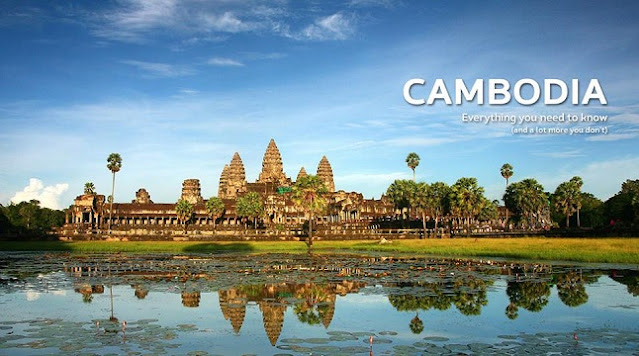



.jpg)
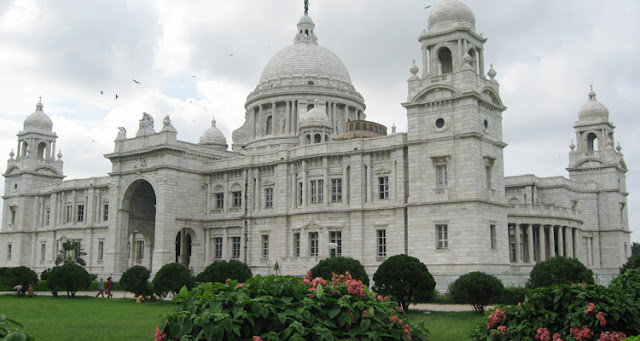
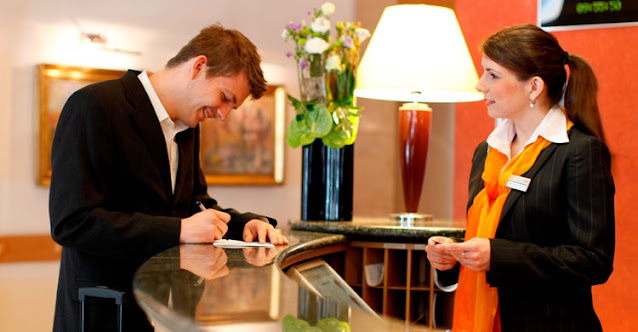

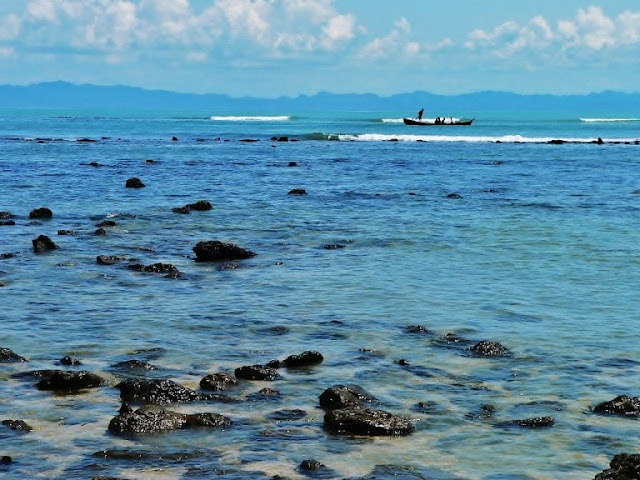
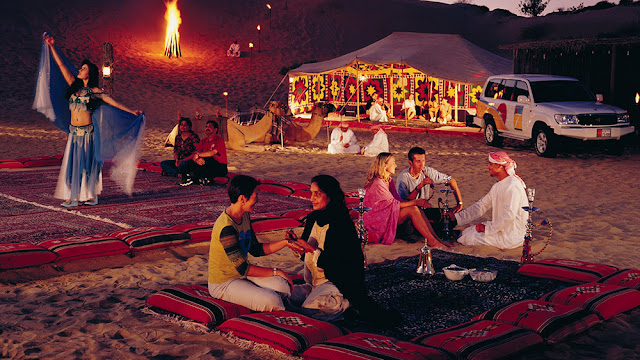
Comments
Post a Comment